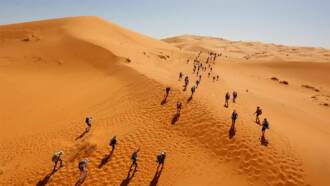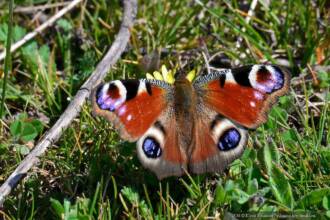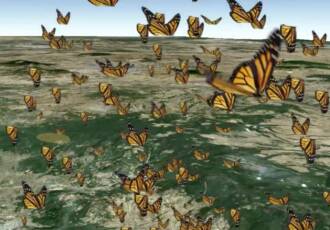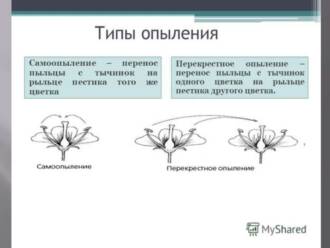
Butterflies are amazing creatures that live in different parts of our planet. They are among the most beautiful and diverse insects. However, until recently, little was known about what types of butterflies can live in desert areas. Recent scientific research has expanded our knowledge on this issue and announced new discoveries.
One of the key discoveries made by scientists was the discovery of new species of butterflies adapted to life in desert conditions. These species have unique adaptations that allow them to survive in the harsh conditions of desert areas. Some of them have special mechanisms for preserving moisture, others have effective mechanisms for thermal insulation. All this makes these butterflies real survivors.
In addition, the research has established that desert areas are home to many species of butterflies that were previously considered rare or absent in these places. This opens up new horizons for the study and conservation of biodiversity. Scientists believe that deserts can be real “hot spots” for butterfly diversity and therefore require special attention and protection.
Unique living conditions in the desert
Deserts are extreme environments that present butterflies with a tough challenge to survive. In these desert environments, butterflies develop unique adaptations to cope with the dry, hot conditions.
One of the main features of desert butterflies is their ability to conserve water. They have developed mechanisms that allow them to minimize moisture loss. For example, some species of butterflies have coatings on their wings that help them retain moisture and prevent evaporation.
Another adaptation of desert butterflies is the ability to reproduce quickly. With limited access to food and water, butterflies reproduce faster to ensure the survival of their offspring. Some species of butterflies can produce up to several generations per year.
Another feature of desert butterflies is their ability to migrate. In search of food and more favorable conditions, butterflies can travel great distances. They use various landmarks, such as landscape features and the Earth's magnetic field, to find their way to their new habitat.
Overall, deserts are complex ecosystems where butterflies survive through their unique adaptations. Studying these adaptations helps us to better understand what factors influence the survival and diversity of species in such extreme conditions, as well as what measures can be taken to conserve these unique and important species for ecosystems.
Mysteries of adaptation of butterflies to desert conditions

Butterflies are amazing creatures that are in a constant struggle to survive in the desert environment. They have developed many adaptations to cope with heat, dryness and lack of food.
1. High temperature protection
One of the mysteries of butterflies' adaptation to desert climates is their ability to protect themselves from high temperatures. Some types of butterflies have special structures on their wings that reflect the sun's rays, preventing the body from heating up. Other species have integumentary hairs that help retain moisture and protect against overheating.
2. Adaptation to lack of water
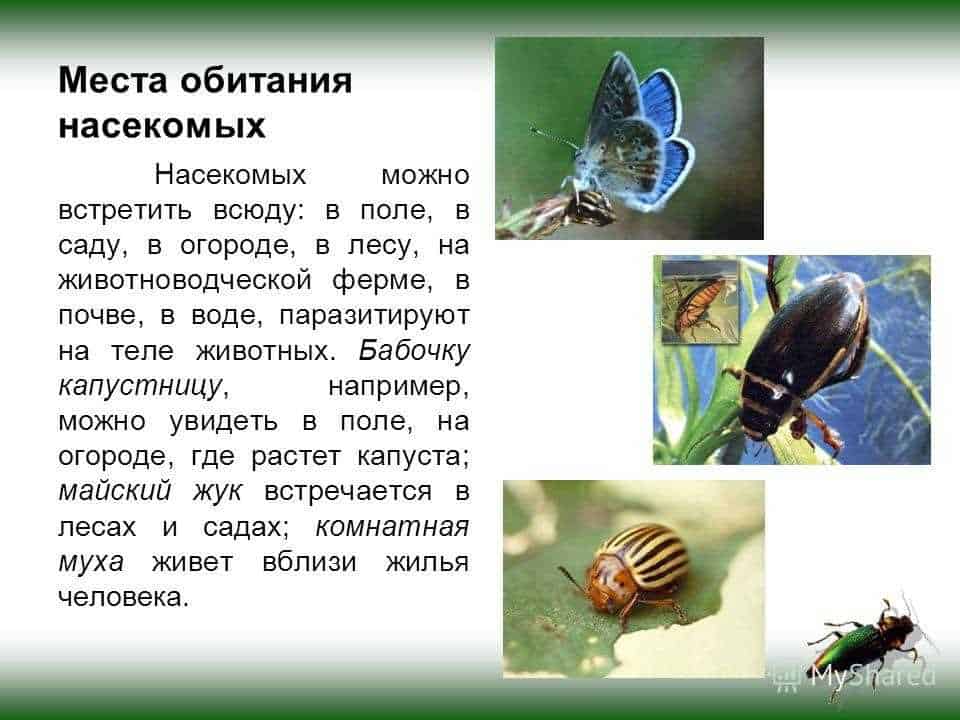
Butterflies that live in desert environments have developed unique mechanisms to deal with lack of water. They can drink nectar from flowers or plant juices to get the moisture they need. In addition, some species of butterflies are able to retain moisture in their bodies in order to survive dry conditions.
3. Hunting and food

In desert conditions, food for butterflies may not be enough. However, they have developed hunting and feeding methods that allow them to survive. Some species of butterflies may visit certain places where rare plants grow on which they can feed. Other species of butterflies may prey on insects and use them as a source of protein and nutrients.
Thus, the adaptation of butterflies to desert conditions is an amazing process that allows them to survive and thrive in such adverse conditions.
The Importance of Researching Desert Butterfly Species
The study of desert butterfly species is essential to the science and understanding of desert ecosystems. Butterflies are one of the most diverse groups of insects and play an important role in food chains and the transport of pollen. The study of their species diversity and adaptation to desert environments enriches our knowledge of biological adaptation to extreme conditions.
Research on desert butterfly species can also lead to the discovery of new species and to broaden our understanding of taxonomy and phylogeny. Desert regions have specific climatic and geographic conditions that may favor the evolution of unique butterflies. New species can represent a valuable scientific and natural resource and contribute to the conservation of desert ecosystems.
In addition, the study of desert species of butterflies may be of practical importance. Some species of butterflies that live in desert regions can be indicators of climate change and the state of ecosystems. Monitoring and studying butterfly populations can help predict and understand the effects of climate change and human intervention in desert regions.
Thus, the study of desert species of butterflies is an important and relevant area of scientific research, contributing to the expansion of our knowledge of desert ecosystems, phylogeny and adaptation of organisms, as well as allowing us to predict and prevent potential threats to these unique regions.
New scientific discoveries in the field of desert butterflies
Research on desert butterflies has led to several new scientific discoveries. One of them is the discovery of a new species of butterfly, which was discovered in the Sahara desert. This species has unique adaptations that allow it to survive in harsh desert environments such as high temperatures and lack of water.
Another discovery is the discovery of a connection between desert butterflies and certain plants. Researchers have found that certain types of butterflies exist in a symbiotic relationship with certain types of plants. The butterflies use these plants as a source of food and as a place to lay their eggs, while the plants receive pollination from the butterflies.
Desert butterflies have also been found to have unique defense mechanisms against predators. One such mechanism is masking. Butterflies can mimic their environment to be invisible to predators. For example, some species of butterflies have sand dune or rock-like patterns on their wings, making them virtually invisible on desert sandy surfaces.
Research on desert butterflies has also led to the discovery of the impact of climate change on their abundance and migration. Scientists have found that changes in climate can lead to changes in the distribution of desert butterflies. Some species may expand their range, while others may be forced out of their usual habitats. These discoveries help to better understand the impact of climate change on biodiversity in deserts.
In general, new scientific discoveries in the field of desert butterflies are expanding our knowledge of the life and adaptations of these beautiful insects to the extreme conditions of the desert environment. Research in this area is ongoing and we can expect even more exciting discoveries in the future.
The role of butterflies in the desert ecosystem
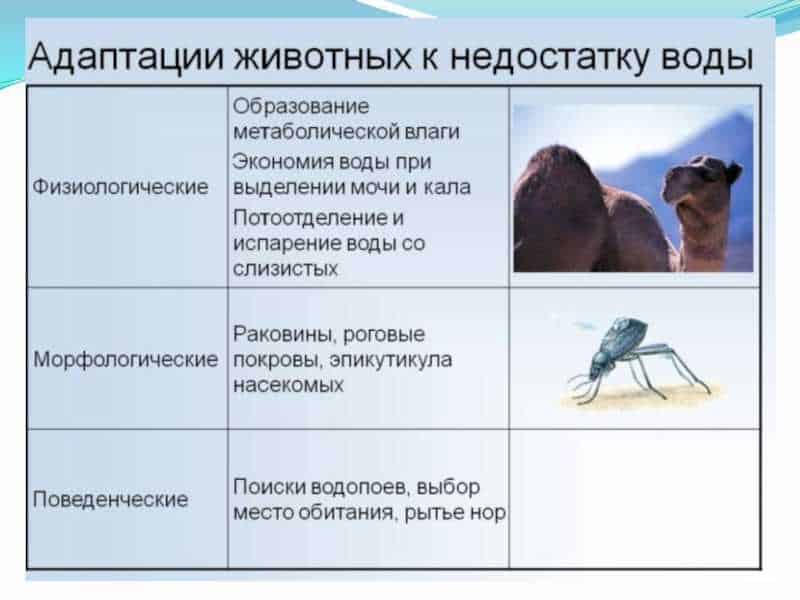
Butterflies play an important role in the desert ecosystem, contributing to the maintenance of biodiversity and the functioning of these unique environments. They are important pollinators of plants, contributing to their reproduction and diversity.
Butterflies are also food for many predatory animals, including birds and lizards. They are an important link in the food chain, providing food for higher levels in the food chain.
Some species of butterflies in desert ecosystems act as plant population regulators. They can feed on certain types of plants, helping to keep their numbers at an optimal level and preventing them from overproducing.
In addition, butterflies are indicators of the state of the ecosystem. Changes in their numbers and diversity can serve as a warning of possible problems in the ecosystem, such as pollution or loss of habitats.
Conservation Measures for Desert Butterfly Species
The conservation of desert butterfly species is an important task, as they are a vulnerable and unique component of desert ecosystems. To ensure their safety, various measures are required, including both the protection of the habitat and the protection of the butterflies themselves.
Habitat protection
One of the main aspects of desert butterfly conservation is the conservation and restoration of their habitat. This requires land use management to prevent negative impacts of human activity on desert ecosystems. This may include limiting construction and industrial activity in vulnerable areas, as well as establishing reserves and national parks to preserve desert areas.
Butterfly protection

In order to protect desert species of butterflies, measures must be taken to prevent illegal trade and illegal gathering of butterflies. This may include the creation of strict laws and international agreements to control and regulate the desert butterfly trade. It is also important to conduct research and monitoring of butterfly populations in order to determine their status and develop effective conservation programs.
In addition, it is important to carry out educational programs and campaigns aimed at raising awareness of the importance of desert butterfly species and their vulnerability. This may include the holding of lectures, seminars and exhibitions, as well as the creation of information materials and promotional campaigns. Such measures will help to attract the attention of the public and involve them in the process of conservation of desert species of butterflies.

